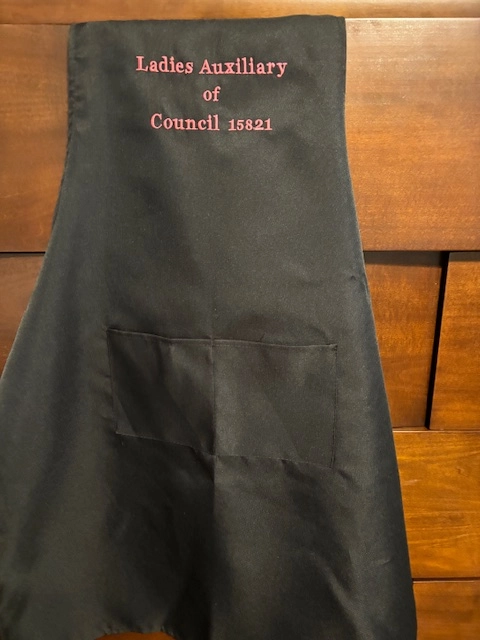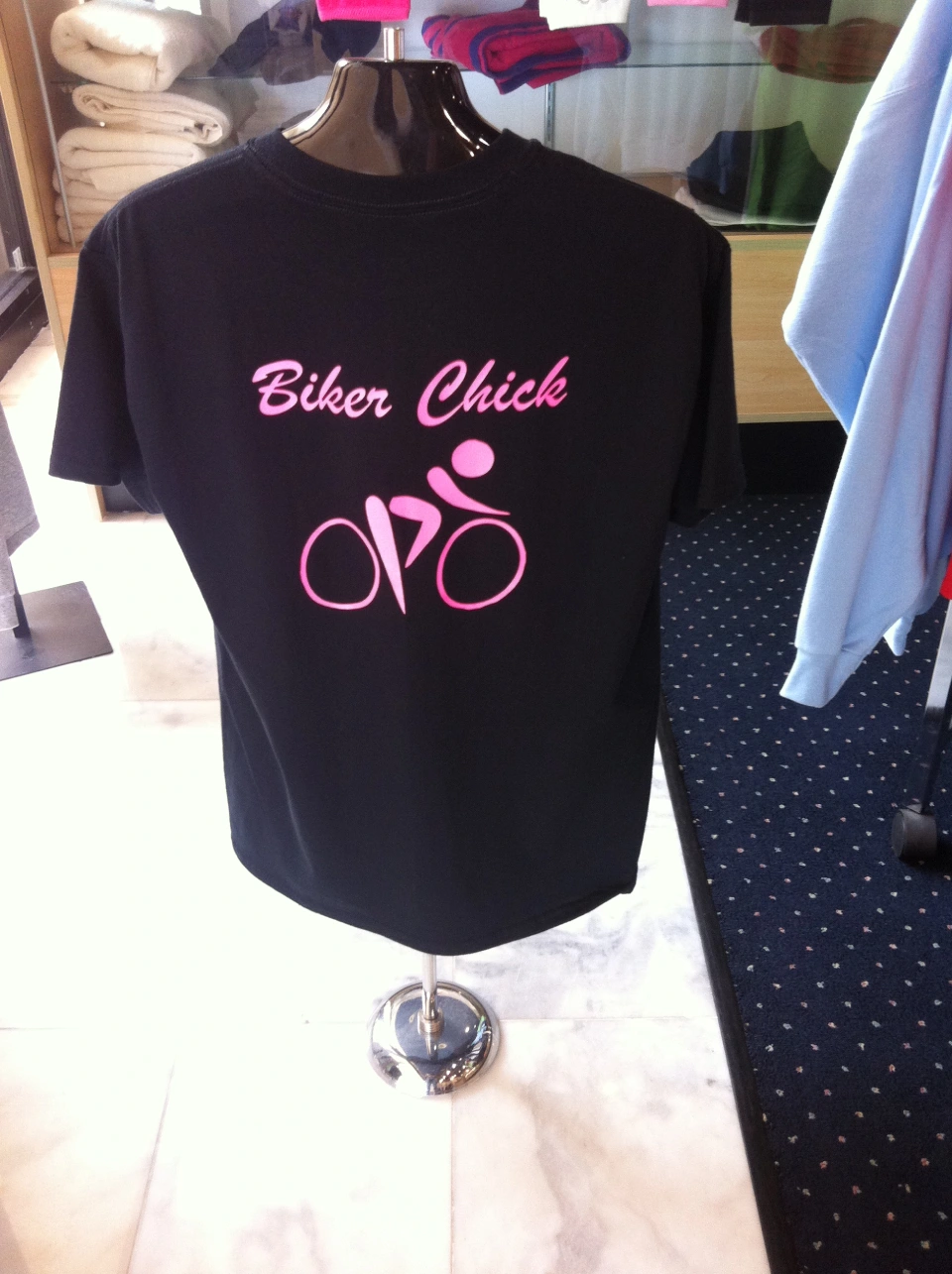Custom-made Scrubs with Embroidery for an Expert Appearance
Custom-made Scrubs with Embroidery for an Expert Appearance
Blog Article
The Art of Customized Embroidery: Opening the Secrets to Creating One-of-a-kind and Memorable Layouts
The keys to developing custom-made needlework designs that mesmerize the eye and leave an enduring impression lie in a delicate balance of method, imagination, and attention to information. As we dive right into the globe of custom-made embroidery, we discover the nuanced interaction between string option, sew complexity, and design personalization that boosts a simple garment to a job of art.
Picking the Right Needlework Threads
When selecting embroidery strings, what essential aspects should you consider to ensure the ideal results for your personalized designs? The option of embroidery thread is essential in identifying the last result of your embroidered layout. Among the primary factors to consider is the product of the thread. Different products such as cotton, polyester, rayon, and silk offer varying degrees of luster, longevity, and appearance. It is necessary to choose a thread product that complements the material you are stitching on and aligns with the desired appearance of the style.
Thicker threads can add dimension and texture to your layout, while finer strings are suitable for intricate information and little text. Furthermore, thinking about the color fastness and washability of the thread is essential to make sure that your personalized layouts keep their top quality and vibrancy over time.
Discovering Different Stitch Strategies
To dive into the realm of 'Checking out Different Stitch Strategies', one should grasp the details and nuances that each sewing approach offers the art of needlework. Various stitch strategies not just add visual passion but likewise contribute to the overall appearance and dimension of the style. One prominent stitch method is the satin stitch, which involves carefully packed parallel stitches to create a smooth and glossy surface area, suitable for filling in shapes and producing strong details.
On the other hand, the backstitch is a flexible technique usually made use of for detailing and adding fine details. It involves stitching backward to create a solid line of embroidery. In addition, the French knot stitch adds a tactile aspect to styles, best for developing textured accents like flower facilities or attractive touches.
Exploring various stitch techniques permits embroiderers to have fun with light, darkness, and depth within their styles, raising the aesthetic charm and creative high quality of their needlework tasks. By understanding numerous stitching techniques, one can open unlimited possibilities for creating special and unforgettable custom-made needlework pieces.
Incorporating Personalized Design Elements
Having actually checked out the details of various stitch methods such as the satin stitch, backstitch, and French knot, the focus now changes towards integrating personalized design components in custom needlework projects. Personalized design elements play an essential role in making embroidery tasks really unique and remarkable. One way to integrate customization is by adding initials, names, or considerable days to the design. This not just includes an individualized touch yet likewise improves the emotional worth of the embroidery piece.
Another way to incorporate personalized layout components is by including symbols or concepts that hold unique significance to the recipient or show their rate of interests and character. For instance, integrating a favorite blossom, pet, or hobby-related symbol can make the needlework design a lot more significant and personalized. In addition, selecting colors that resonate with the recipient or straighten with the intended style can better improve the personalization of the needlework job.
Understanding the Art of Color Coordination

One key element of color control is recognizing shade theory. This consists of knowing just how different colors interact with each other, the emotions they share, and how they can be combined to develop aesthetically attractive layouts. By using color concept principles, embroiderers can create harmonious color palettes that enhance the overall appearance of the style.
Additionally, taking notice of contrast is critical in color sychronisation. Making use of contrasting colors can help specific aspects of the design pop, improve readability, and produce an aesthetically vibrant needlework piece. By mastering the art of color coordination, embroiderers can boost their layouts and develop unforgettable items that resonate with clients and visitors alike.
Enhancing Texture With Advanced Embroidery Stitches

French knots, for example, are excellent for adding tiny, raised dots to your style, mimicking the appearance of grains or developing a textured surface area. Bullion knots, on the various other hand, can be used to create twisted, ropelike elements that add a luxurious feeling to the needlework. Seed stitching includes tiny, scattered stitches that can fill out locations with a speckled appearance, while turkey work creates fluffy, dimensional accents reminiscent of pet hair or vegetation. Try out these advanced embroidery stitches permits you to push the boundaries of typical embroidery and develop genuinely special and aesthetically enticing structures in your layouts.
Conclusion
To conclude, the art of custom embroidery involves a mix of choosing the right strings, checking out various stitch methods, including individualized design elements, mastering shade control, and enhancing appearance with advanced stitches. By understanding and carrying out these vital aspects, click this link embroiderers can create one-of-a-kind and unforgettable styles that display their imagination and ability. Embroidery fanatics can unlock the keys to producing lovely and bespoke pieces that stand out and leave a lasting perception.
Report this page